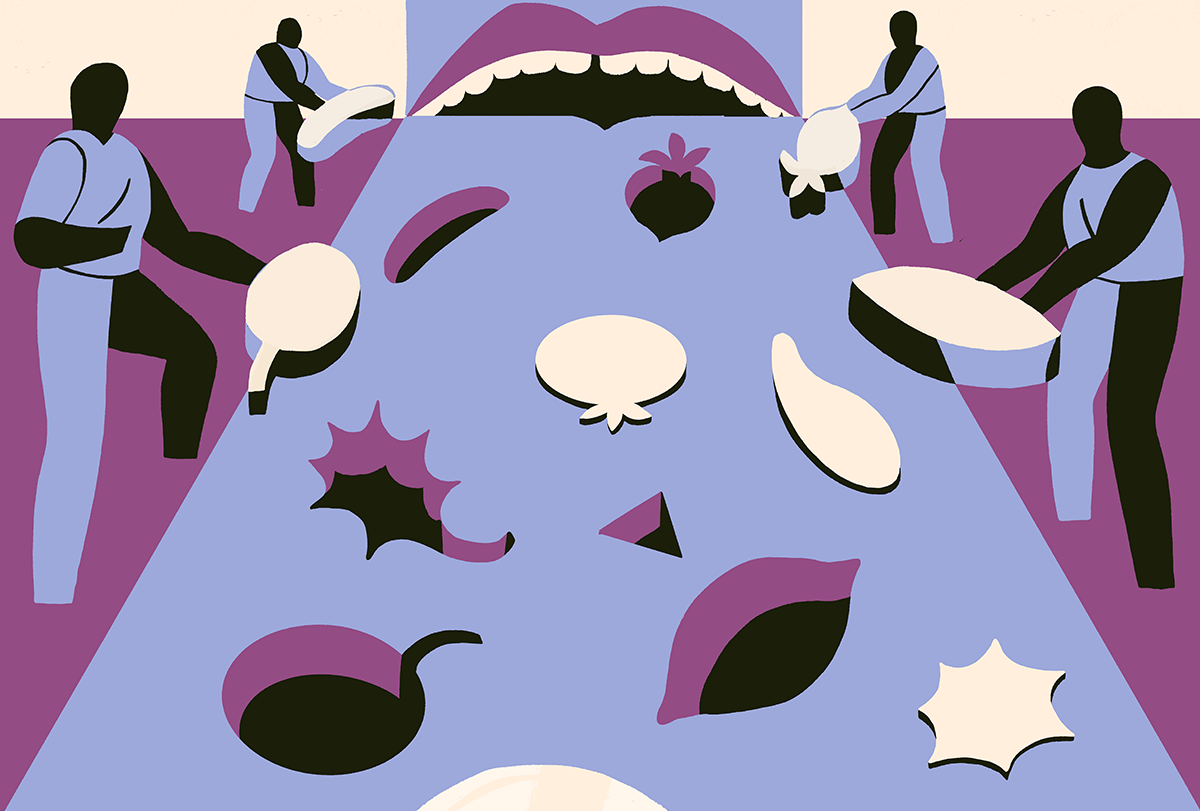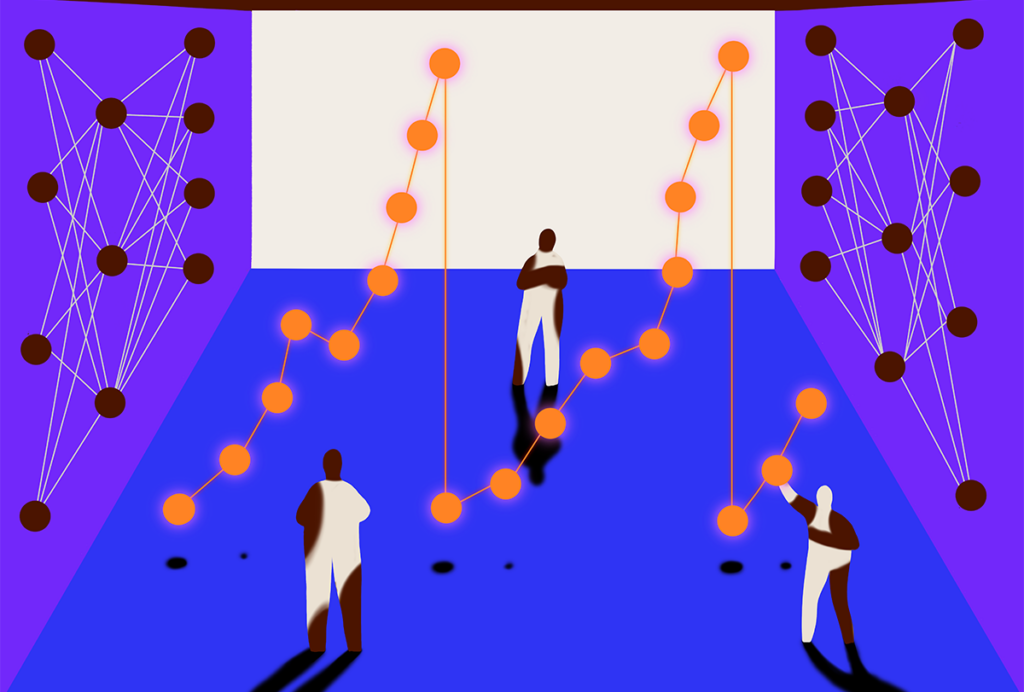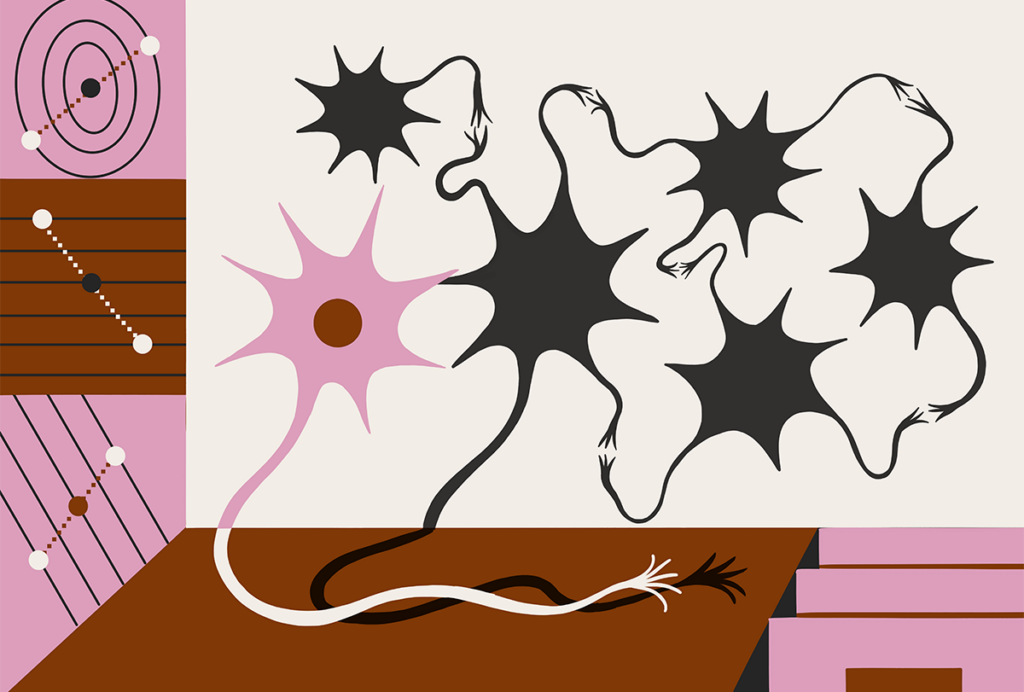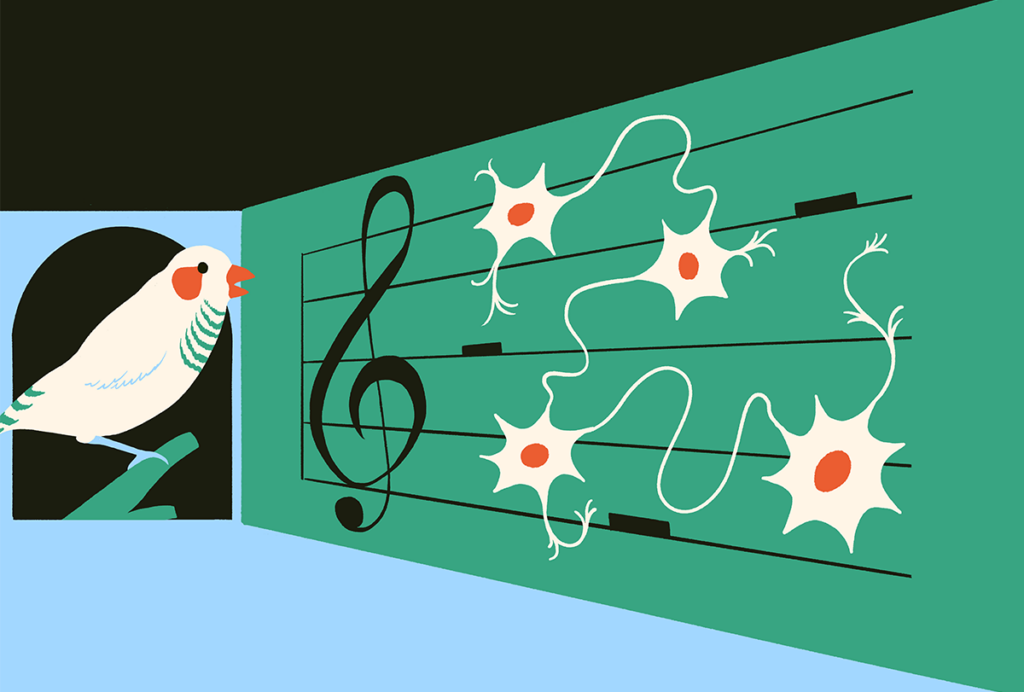
This paper changed my life: Victoria Abraira on a tasty link between circuits and behavior
The findings from Charles Zuker’s lab put the taste system on the map, revealing that some fundamental principles of behavior are hardwired.
Answers have been edited for length and clarity.
What paper changed your life?
The receptors and coding logic for bitter taste. Mueller KL, Hoon MA, Erlenbach I, Chandrashekar J, Zuker CS, Ryba NJ. Nature (2005)
This study made a breakthrough discovery about hardwired behavior by showing that mice’s reactions to taste depend on which neural circuits are activated, and not the taste molecules themselves or their receptors. In this study, researchers from the Zuker Lab introduced type 2 taste receptors (T2Rs), receptors known to detect bitter taste, into sweet-sensing cells in mice and found that this made them attracted to bitter compounds.
This proved that the behavioral response (attraction vs. avoidance) is fundamentally determined by which neural pathway is activated, not by the inherent properties of what’s being tasted. The finding demonstrated that some behaviors and responses to stimuli are hardwired into neural circuits rather than learned through experience or shaped by sensory input. This discovery had broad implications for understanding how the nervous system generates innate behaviors across many different contexts, extending well beyond taste perception.
In sensory neuroscience, we place a lot of value on the visual system. This paper put “taste” on the map as a fundamental sensory system we could study to understand the essential principles of behavior.
When did you first encounter this paper?
I was in my second or third year of grad school. I was studying the hearing system in Lisa Goodrich‘s lab and we covered the paper in a journal club meeting.
Why is this paper meaningful to you?
This paper made a huge impact on the way I thought about deeply important questions regarding who we are, such as how brains interpret our sensory experiences and make us human. My brain doesn’t necessarily know my mother versus my daughter. It takes in sensory signals and interprets my mother and daughter as two different people. Ultimately, my behavior and interactions with them are dictated by my sensory systems.
The Zuker Lab defined the receptors for sweetness and bitterness, linked them to aversive and attractive behaviors and proved that they could be manipulated. This idea that a peripheral receptor can change the way we behave toward a stimulus remains fascinating to me to this day.
How did this paper change how you think about neuroscience or challenge your previous assumptions?
This paper showed that taste circuits were hardwired and solidified the concept of “labeled” lines in the gustatory system for a long time. The “labeled line” principle proposes that a peripheral circuit with a hardwired output will always cause the same sensory response in the cortex, regardless of how that circuit was stimulated. This is not without controversy. Subsequent papers from the Zuker lab and others report slightly different findings.
Regardless, this paper made me think about how somatosensory circuits develop and what aspects of these systems fall within the spectrum between being malleable and fixed. The idea that sensory systems are on this spectrum has deep implications for how peripheral nerves communicate with the environment around us and how our brain adapts to our surroundings.
This paper made me ask myself: Which aspects of somatosensory circuits are hardwired? Which are plastic? Can we change them? I think these are unifying questions across all of neuroscience.
How did this research influence your career path?
It changed my trajectory and made me want to use mouse molecular genetics to study how sensory systems shape our behavior. That’s why I went to David Ginty‘s lab for my postdoc to study touch and sensation. I was fascinated by the skin as a sensory system because it is so large and influences so many aspects of behavior.
Is there an underappreciated aspect of this paper you think other neuroscientists should know about?
This paper was pretty well-known when it came out, and some of the findings have made their way into textbooks. However, people may not appreciate how the researchers’ approach at the time really changed how mouse genetics would be used to study behavior. There weren’t a lot of people manipulating the mouse genome in the way we do today. Right now, you just synthesize a piece of DNA, you do CRISPR, and you’re done. But back then, it felt like an art—and a beautiful one at that.
Recommended reading

The best of ‘this paper changed my life’ in 2025
Explore more from The Transmitter




